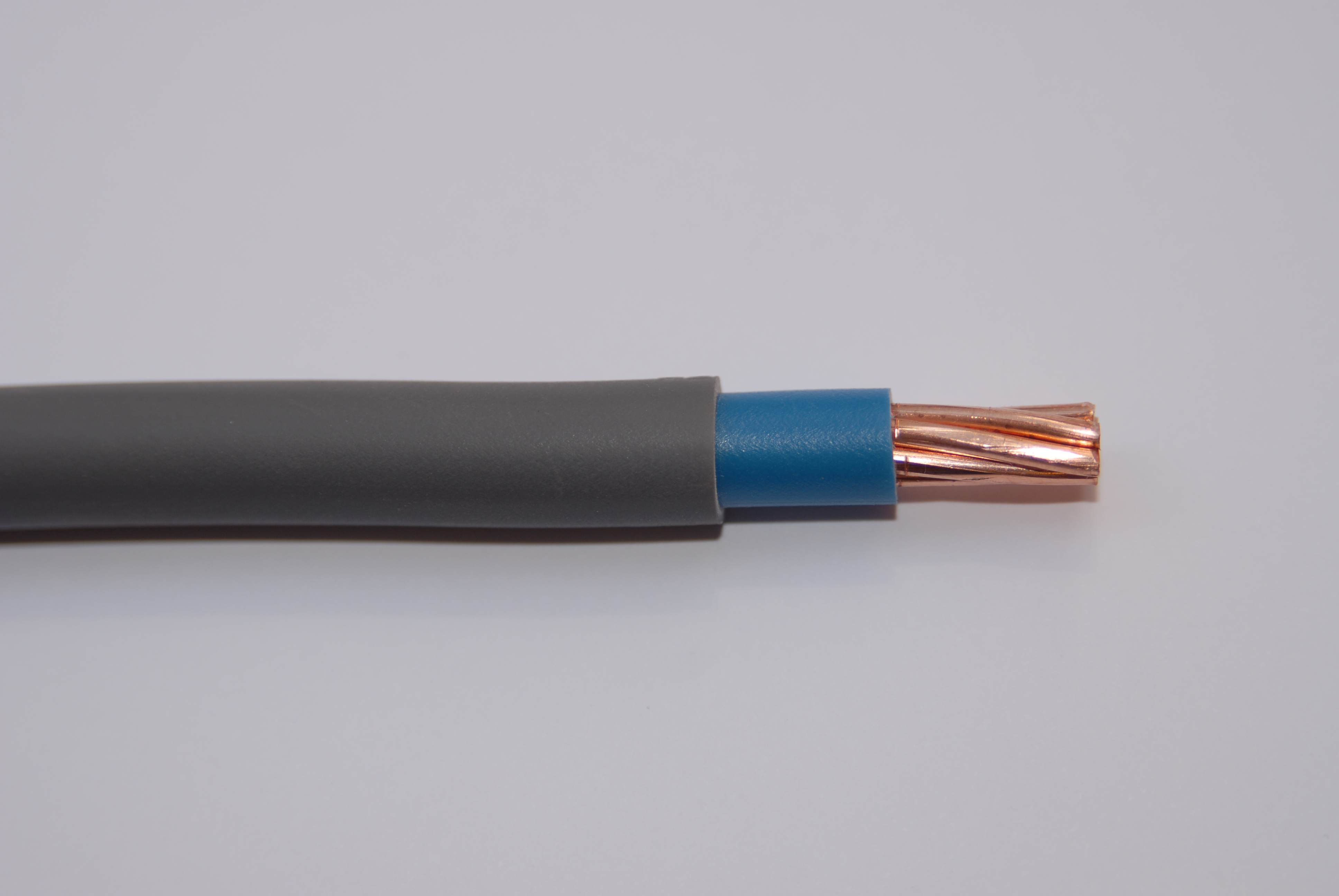What is single core cable and where can it be used?
In short, a single core cable consists of one solid or stranded, insulated conductor and is typically used for energy distribution in a wide range of applications.
Single core cables are typically insulated with PVC or XLPE, and some are armoured for added mechanical protection in environments where there is a higher risk of mechanical damage, such as underground, or in fire critical applications. Commonly used in low voltage, medium voltage and high voltage applications, single core cables can be found in everything from consumers units in homes with a 300/500 V rating up to 400 kV transmission networks such as National Grid and form a critical part in a wide range of power systems.
Applications for single core cable at low voltage (LV) include:
Domestic properties
Public buildings
Fire-fighting shafts
Plant rooms and Motor Control Centres (MCC)
Domestic properties
One of the most common single core cables is 6491X. Together with 6181Y, they form the meter tails pack. Used in consumer units, the meter tails distribute power from the outside meter to the distribution board. 6491X is a low voltage wiring cable designed for installation within conduit, trunking or inside fixed protected environments. The cable can also be used in lighting fittings and inside appliances.
Additionally, 6491X can be used as an insulated earth wire (as 6181Y is used for live and neutral) with mechanical protection. The cable must be marked green/yellow to show it is earth.
Public buildings
In some cases where ensuring fire safety is critical, such as housing developments and offices, low smoke zero halogen (LSOH) cables are often required. LSOH cables are ideal in situations where thick, black smoke and toxic acid gases pose a serious health risk those in buildings in the event of a fire. 6491B is a similar cable to 6491X but has LSOH, much improved fire hazard properties.
Fire-fighting shafts
Fire-fighting shafts in large, complex buildings typically feature a stairwell and lobby which require lighting and monitoring systems. These areas are designed specifically for use by fire-fighters as part of the fire strategy and fire engineered solution for a building. "Fire-fighting shaft normal lighting” and “fire-fighting shaft monitoring systems” applications both require Category 3 cables in accordance with BS 8519:2020 section 5, Table 1, “Recommended cable categories based on application”. Prysmian FP100 is ideal for this application.
Prysmian FP100 is a fire resistant, low voltage, single core cable that forms a key part of a screwed steel conduit wiring system for BS 5266-1 compliant emergency lighting systems. Prysmian FP100 meets the requirements of product specification BS 8592 and fire test IEC 60331-3 and certified by BASEC.
Plant rooms and motor control centres
Industrial settings such as plant rooms, are typically home to heavy machinery such as Motor Control Centres (MCC) and equipment such as pumps, HVAC systems and fans.
In this environment, cables can be exposed to mechanical damage, which is why armoured cables are the ideal cables to use. Armoured cables such as BS 6724 and BS 5467 have a built-in steel or aluminium wire protective layer, which provides excellent protection against impact, damage, and corrosion. This removes the need for conduits.
Aluminium wire armour (AWA) is used in single core cables, rather than steel. This is because aluminium is non-magnetic. Single core conductors produce an alternating magnetic field, which induces a small current in the steel wires and causes overheating. Aluminium is unaffected by this.
Where else are single core cables used?
Single core cables are used by Distribution and Transmission Network Operators (DNOs) in medium and high voltage applications as they provide several benefits. Single core cables allow flexible system design and provide better heat dissipation compared to multi core cables. 400kV cables with 2,500mm² copper conductors, for example, are installed underground or in subsea applications.
Using the right cable for your project
The type of single core cable you use, depends on various factors, such as installation environment, energy requirements, and whether mechanical protection is needed. Prysmian design and manufacture industry-leading single core cables that are tested and fully compliant with relevant British Standards. Whether you’re working on a residential development or a power station, we have cables for every specification.
If you have any specific questions about single core cables, get in touch with our technical team today for support with your next project.



